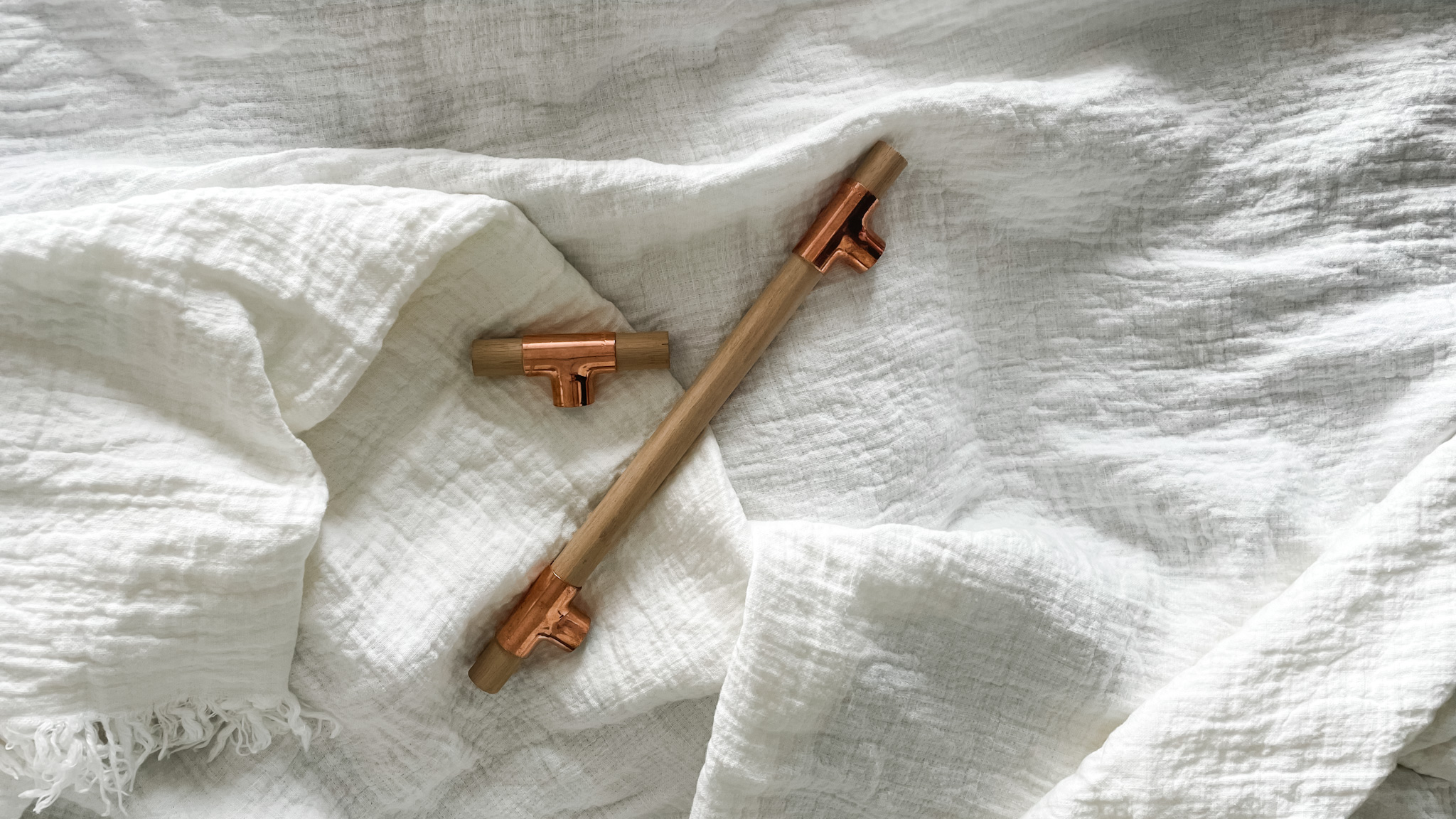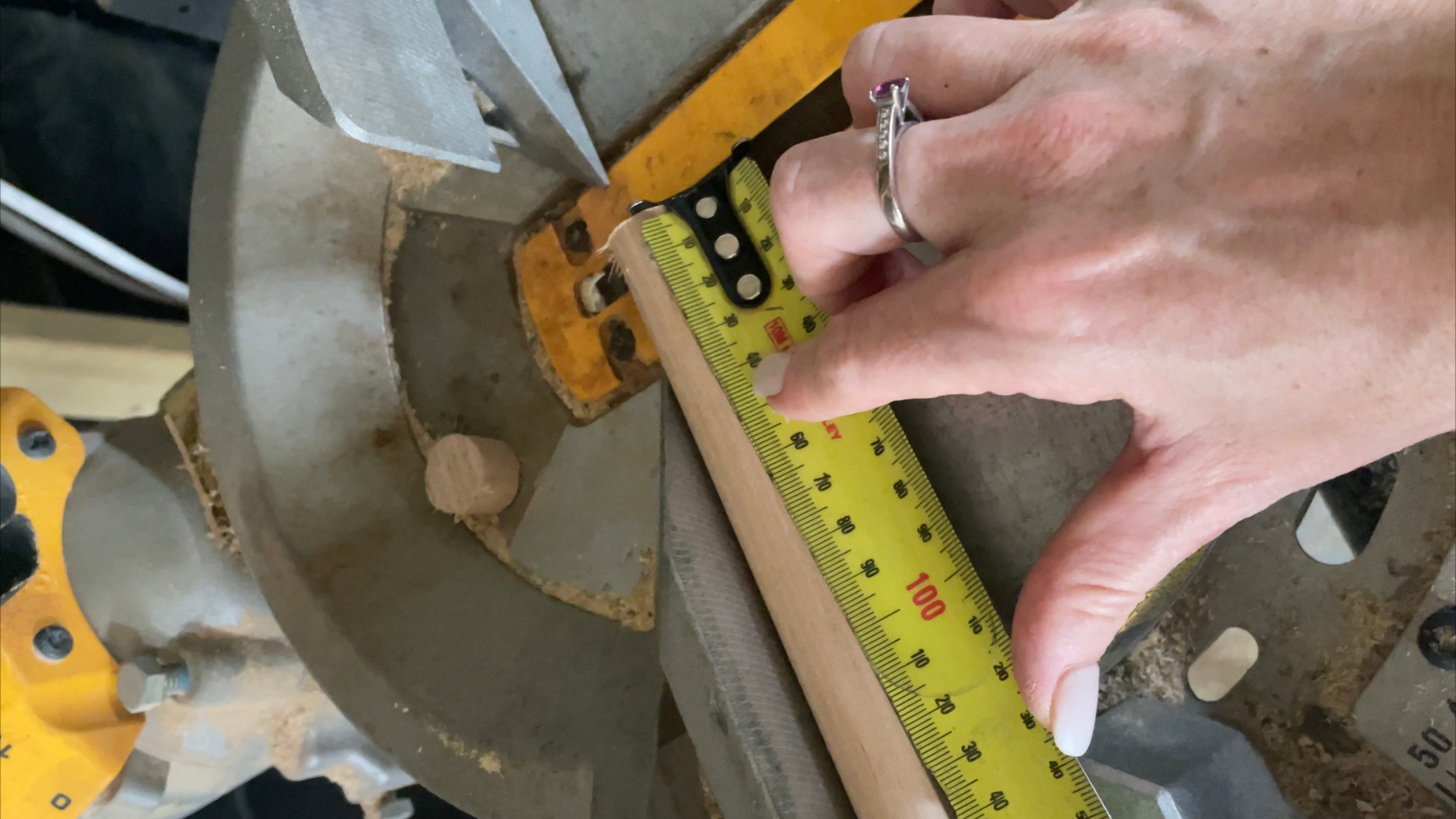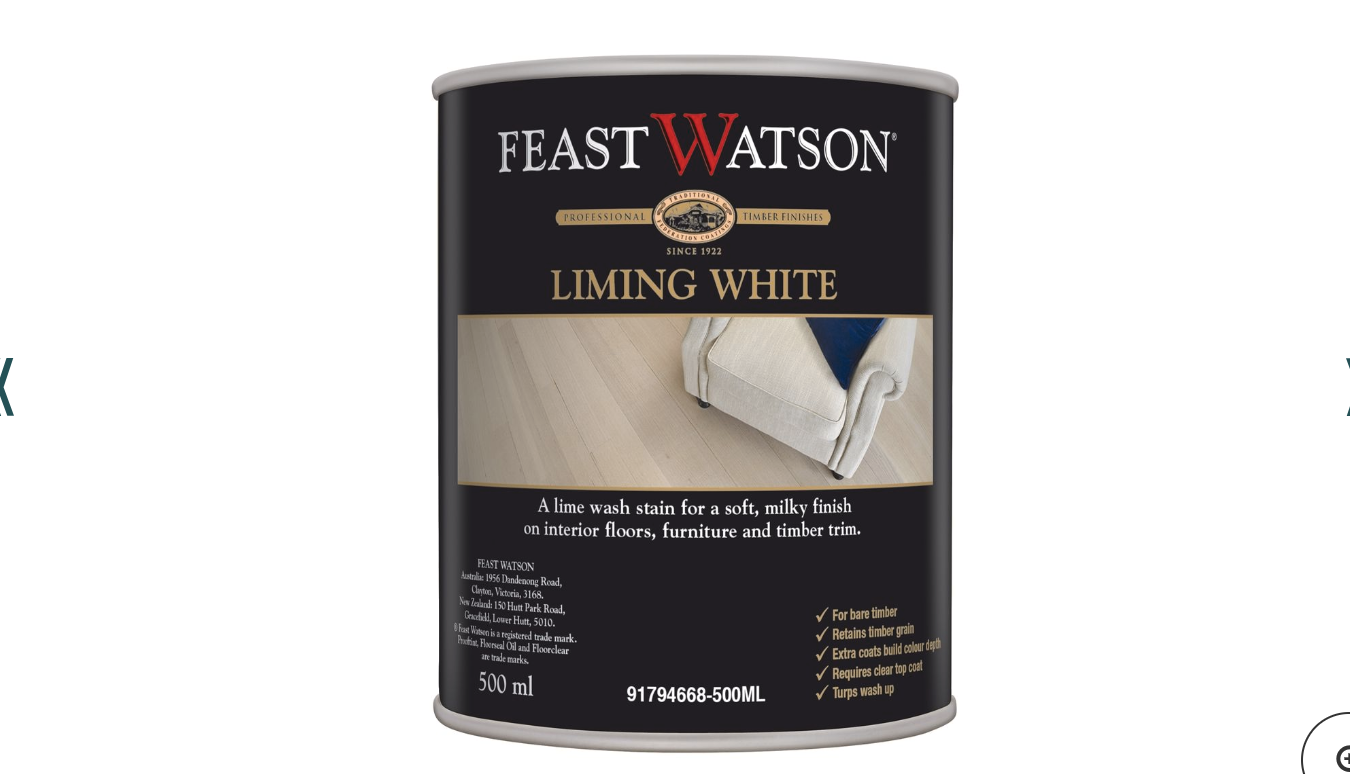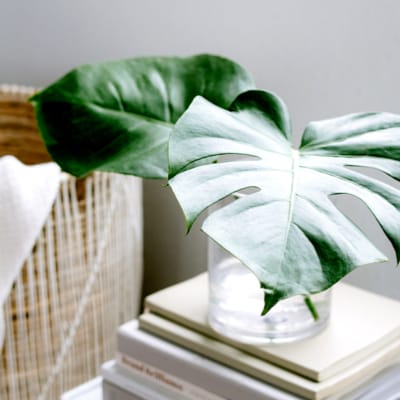How To DIY Cabinet Handles and Save a Fortune
Total cost for the materials is approx $135. this made 9 drawer pulls @ approx $15 each.
When you need cabinet pulls for every cabinet in your home & the ones you like are around $50 😬you decide to make your own.
I recently decided I was going to make my own cabinet pulls. I wasn’t really sure if I was actually going to be able to pull this off (no pun intended) but I did! And I am SO in love so I wanted to share them with you.

Materials
Materials
- 20mm Copper Plumming Tee
- 19mm Tasmanian Oak Dowel
- Washers ¼ inch x 12
- Feast Watson Liming White
- Liquid Nail
- Drill
- Saw

Step One: Planning
As I am upcycling an old cabinet I plan to reuse the holes from the old cabinet pulls. To start I measured the distance between the holes on the larger drawer and realised very quickly I couldn’t just buy one off the shelf due to the size. The original cabinet had 2 single pulls on the larger drawer and I didn’t like that look, I wanted one large pull.
If you’re working off a new draw or cabinet face you will need to determine the size then you can think about the type of pull you want to use.

Step Two: Determine the design
In this example I have 6 single drawers and 3 larger drawers, so needed to make a single pull for the smaller drawers and wanted a longer bar for the larger drawers. I had searched for the size I needed online and each pull were costing approximately $50 for the larger one and they weren’t exactly what I wanted.
I had a design in mind and had seen similar ones online so knew roughly what I wanted I just had to figure out HOW to make them.
I wanted to make sure the pulls were the right size for the drawer and cabinet.
I opted for a 20mm Copper tee and 19mm dowel. If you have a smaller, more delicate project you may prefer a smaller dowel and tee.

Step Three Cut the Dowell
Once I had measure the distance between my screw holes on the cabinet I had the length for the middle bar. There’s a little back and forth as you need to be precise, unless you want to redrill the holes. I had miscalculated initially as I didn’t account for the lip inside the copper tee so the dowel stops short of the centre.
I decided to cut 40mm lengths for the two ends of the long pull and for the short pull. I kept these lengths the same for consistency.
TIP: Measure twice and always double check. Once I had glued one side I double checked the measurements and held the pull against the cabinet so could see I had miscalculated.

Step Four: Treat the Wood
I sanded the dowel using a fine sanding sponge and wiped it clean using a sugar soap wipe; I applied a layer of Feast and Watson Limewash on the dowel. I actually love the overall finish of the limewash and plan to test it on the cabinet to seal it.

Step Five: Assemble the pull
I applied liquid nails to the interior of the copper tee and pushed the long dowel as far as it would go. I then double checked my measurement and applied liquid nails to a second copper tee and pushed the dowel through. I was careful to ensure the copper tees lined up and the manufacturers stamp was on the outside of the tee. I then applied liquid nails to the copper tees and pushed in the 40mm dowel on either side.
I plan to recoat the dowel and to sand the ends so they’re smooth ( I haven’t quite decided if I will round them or leave them straight). I’ll decide than once the cabinet is finished so I can see how it all looks together.

Step Six: Base of the pull
The bottom of the tee will secure the pull to the cabinet.
I filled the open tee with liquid nails and pushed in my pre cut 10mm of the dowel. Once inserted I applied liquid nail over the exposed section of the wood and placed a washer on top. Repeat this for each tee.

Step Seven: Assemble single pulls
I followed the same process as with the larger pull. I cut 2 pieces of dowel at 40mm and once I had applied the liquid nails I pushed one into each side. I then applied liquid nails to the bottom of the tee and pushed in 10mm dowel and added a washer.
Step Eight: Pre Drill and Install
I have chosen not to pre drill my cabinet pulls at this time as I still have a little more work to do on the cabinet. But normally you would measure for a screw, long enough to reach through the cabinet hole and into the handle, and pre dril the hole accordingly
I’ve included a link to the original video where I shared my cabinet upcycle.
Next Steps
- Remove the cabinet top
- Give the cabinet a sand and apply limewash
- Install stone, we recently found some quartz on marketplace
- install hardware
- FINISH THE BATHROOM RENO!
Happy renovating
Claire
Want more? Make sure to subscribe to our Newsletter
*This post may contains affiliate links, so we may earn a small commission when you make a purchase through links on our site at no additional cost to you. My opinions are my own.
Join
Work With Me



0 Comments